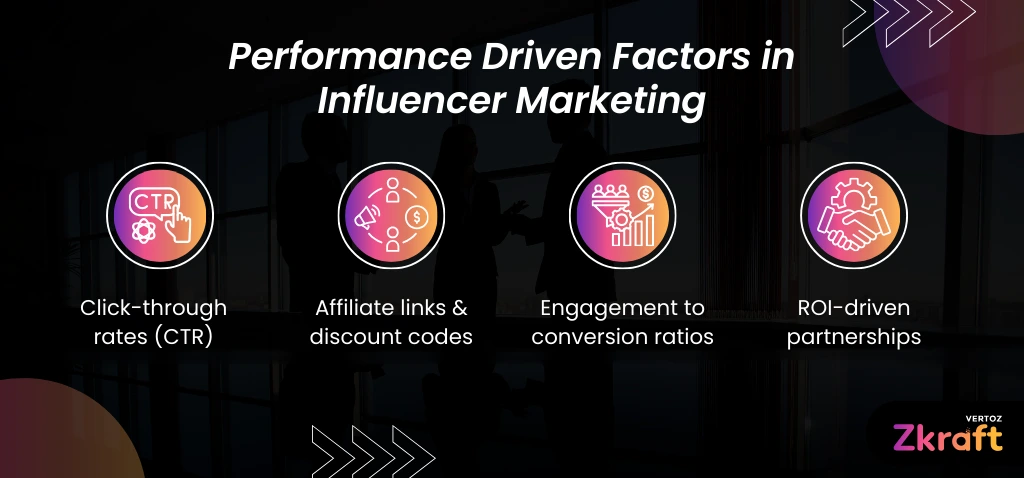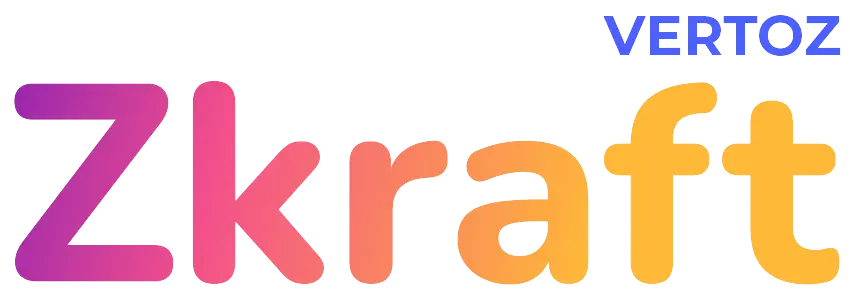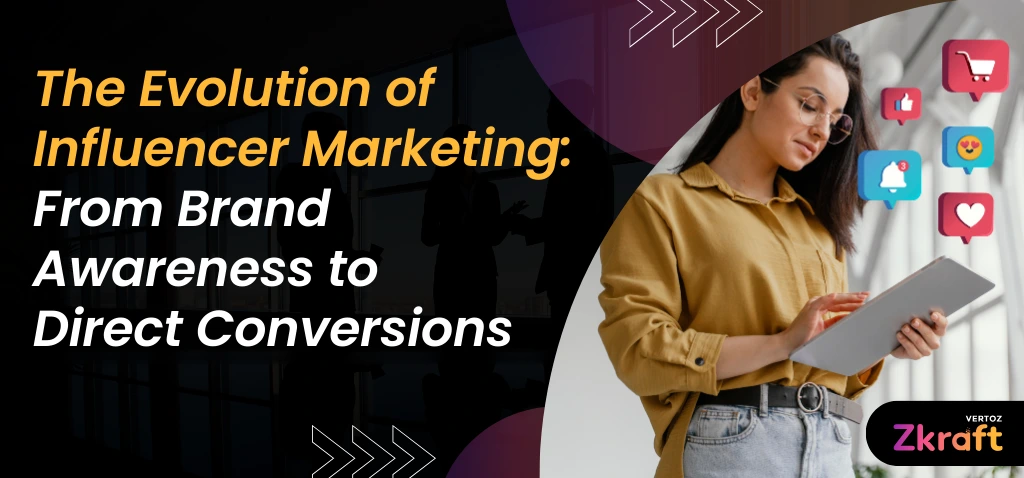Let’s take an example of a new skincare brand launching a vitamin C serum in an already crowded market. They collaborate with a beauty influencer who has a loyal audience but only 50,000 followers—not a celebrity, just someone people trust. Instead of just posting a photo, she shares an authentic story about how the product improved her skin, posts a detailed review video, and offers a limited-time discount code for her audience.
Within 24 hours, the brand sells out its first batch.
This isn’t just influencer marketing—it’s performance-driven influencer marketing. Brands are no longer satisfied with just getting eyeballs on their products; they want real engagement, conversions, and ROI.
At Zkraft, we’ve seen firsthand how influencer marketing has evolved from a tool for brand awareness to a sales-driving powerhouse. But how did we get here, and what does this mean for businesses today? Let’s dive in.

The Shift: From Awareness to Conversions
1. The Early Days: Influencers as Brand Amplifiers
A decade ago, influencer marketing was all about visibility. Brands partnered with influencers primarily to spread awareness—think sponsored posts with hashtags, product placements, and “brand love” content. The focus was on reach and impressions, not necessarily conversions.
Back then, brands paid influencers hefty amounts just to talk about a product, hoping that exposure would eventually lead to sales. The challenge? Measuring ROI was nearly impossible.
2. The Rise of Authenticity & Engagement
Consumers today are more skeptical than ever. They no longer trust obvious brand promotions. Instead, they seek authenticity—real opinions, real results, and real stories.
This shift forced brands to rethink their influencer strategies. Instead of chasing vanity metrics like likes and follower count, they started prioritizing engagement, niche audiences, and content quality.
Micro and nano-influencers (with 10k–100k followers) became the real game-changers. Why?
- Higher engagement rates than big influencers
- More trust and credibility with their audience
- Niche targeting for specific markets
Brands realized that a genuine review from a trusted influencer had a greater impact than a generic celebrity endorsement.
3. The Performance-Driven Approach
Today, influencer marketing is not just about visibility—it’s about sales, sign-ups, and measurable ROI. This has given rise to performance-based influencer marketing, where brands track:
- Click-through rates (CTR) from influencer posts
- Affiliate links & discount codes for direct sales tracking
- Engagement-to-conversion ratios
- ROI-driven partnerships instead of just flat fees
At Zkraft, we’ve helped brands shift from passive promotions to data-driven influencer campaigns. By using smart tracking tools, AI-powered analytics, and targeted influencer collaborations, we ensure every campaign leads to tangible results.
4. The Future: AI, Social Commerce & the Creator Economy
The future of influencer marketing is seamlessly blending content with commerce. Here’s where we’re headed:
- Social commerce growth: Instagram & TikTok now allow direct purchases through influencer content.
- AI-powered influencer selection: Data-driven matchmaking between brands and influencers for maximum ROI.
- Short-form video dominance: TikTok, Reels, and YouTube Shorts are leading the way in conversion-driven content.
- Long-term brand-influencer collaborations: Instead of one-off promotions, brands are building ongoing partnerships for consistent sales.
What This Means for Your Brand?
If you’re still using influencer marketing just for awareness, you’re leaving money on the table. The key is to focus on trusted influencers, real engagement, and trackable conversions.
At Zkraft, we specialize in ROI-driven influencer campaigns—helping brands not just get noticed, but actually sell more, grow faster, and build lasting relationships with their audience.
Final Thoughts
The influencer marketing landscape has changed. It’s no longer just about reach; it’s about results. Brands that adapt to performance-based influencer marketing will see higher ROI, stronger engagement, and long-term customer loyalty.
Ready to transform your influencer marketing strategy?

